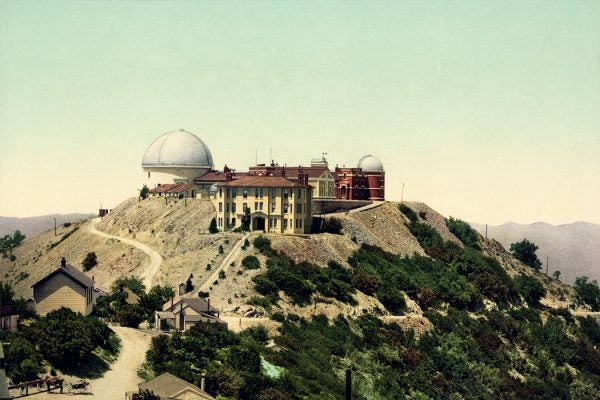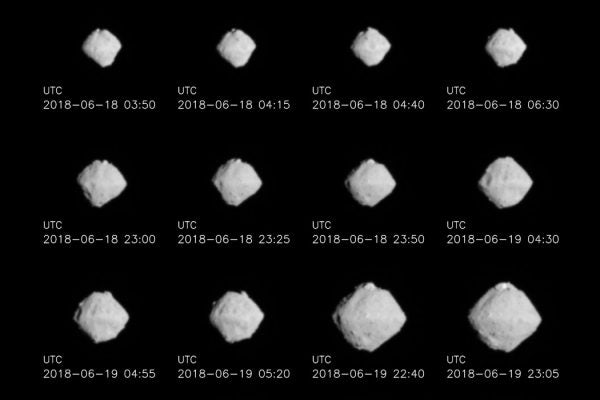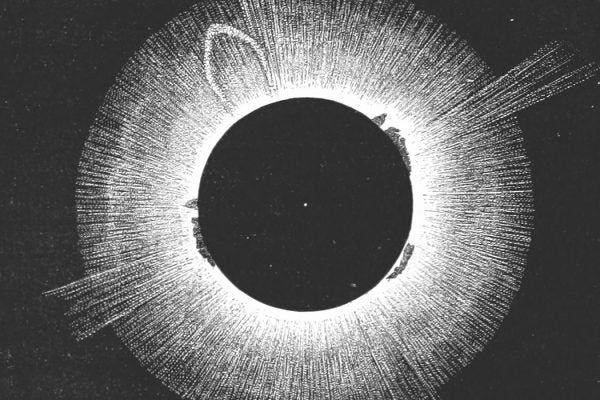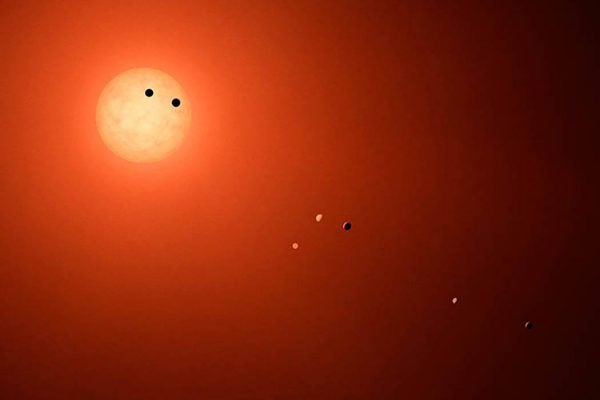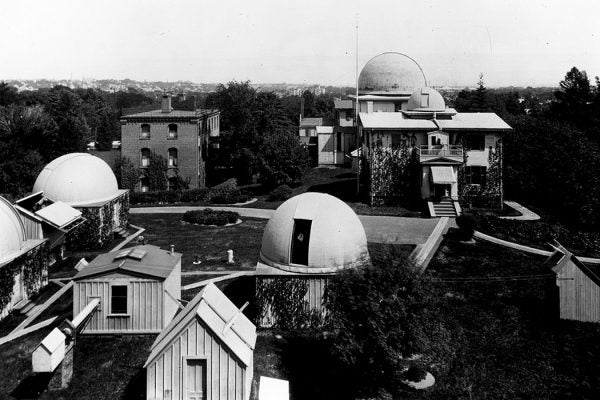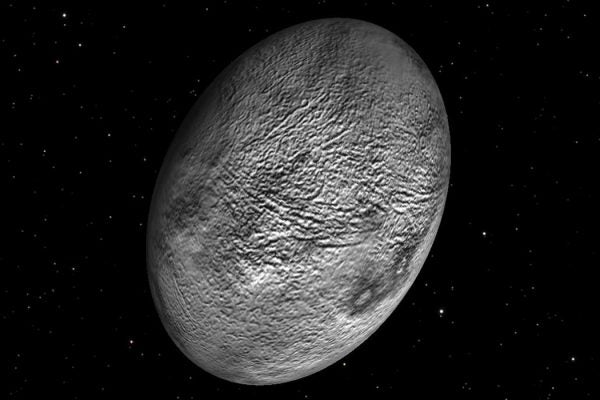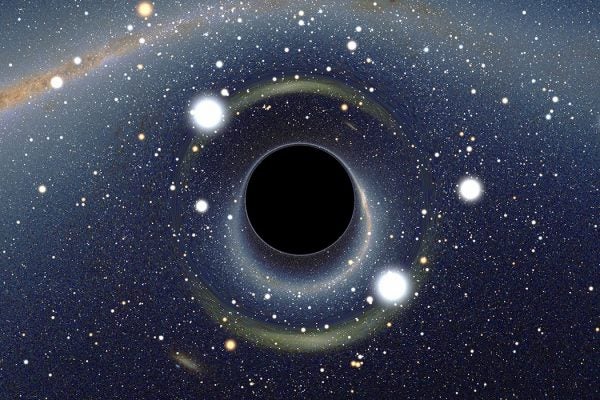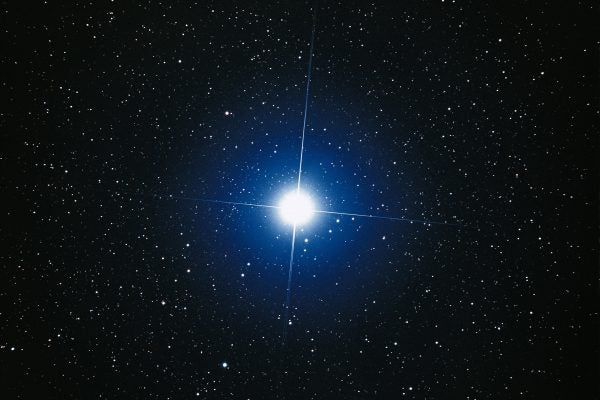The Women Who Made Male Astronomers’ Ambitions Possible
In the late 19th century, Elizabeth Campbell helped her astronomer husband run the Lick Observatory and lead scientific eclipse-viewing expeditions.
Asteroids Are Windows to the Past
Japan’s space agency has landed rovers on Asteroid Ryugu. The photos and samples from the mission will reveal a lot about asteroids.
America’s First Woman Astronomer
Maria Mitchell became famous when she discovered a comet in 1847. She didn't stop there, fighting for education and equality for women in the sciences.
Solar Eclipse Tourism: The Victorians Were the Pioneers
People have been planning for this month's total solar eclipse for years. They aren't the first to do so: the Victorians pioneered eclipse tourism.
M-Dwarves and the Search for Life
In recent years, astronomers have broadened their search for habitable planets to include previously ignored stars like M-dwarves.
How Women Finally Broke Into the Sciences
Women finally broke into the sciences in sex-segregated jobs in the years between 1880 and 1910.
The Weirdest Dwarf Planets Discovered So Far
The solar system is apparently more crowded than we thought: astronomers have discovered a new dwarf planet. Some dwarf planets don't play by the rules.
What’s On the Other Side of a Black Hole?
What would happen if you entered a black hole?
What Are the Dog Days of Summer?
The "dog days of summer" are attributed to the rise of Sirius, the Dog Star, but research into the lore suggests another dog entirely.
Sending Tiny Robots to the Nearest Star
A group of astrophysicists think they have found a way to send a probe to the newest star system, Alpha Centauri.
